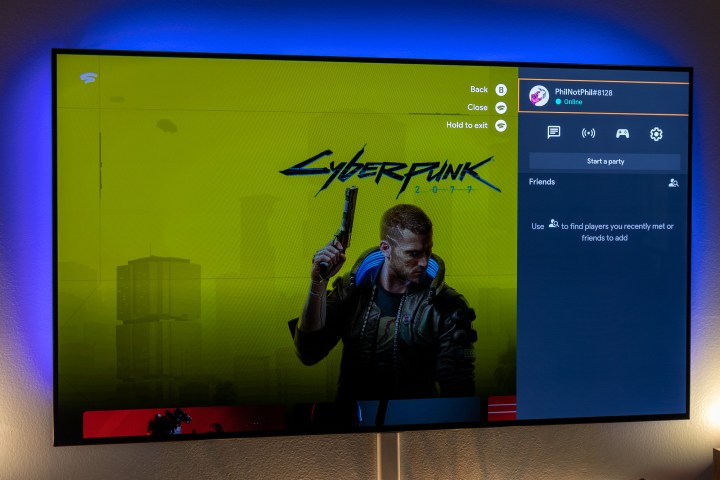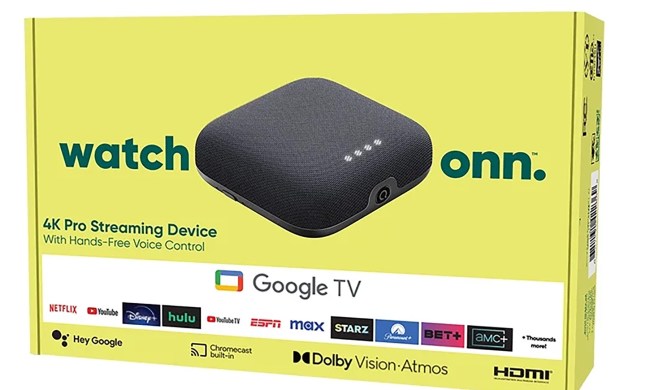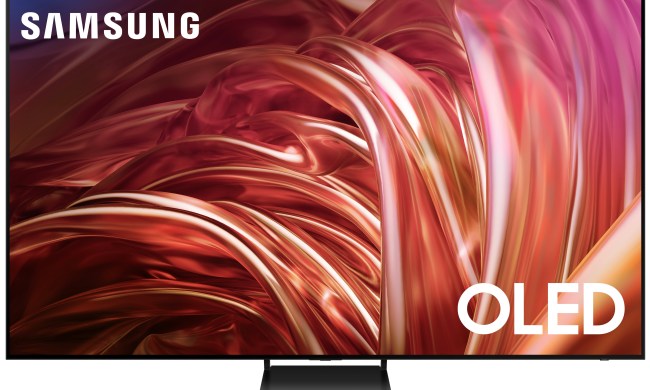There is nothing more frustrating than opening up a new toy, only to find that it doesn’t work. Such was the case — at first — when I installed Google’s Stadia cloud gaming app on a 2020 LG CX OLED television.
The news peg, as we say in the business, is that Stadia has been spreading to more and more devices. And it’s now available natively on LG televisions that have the webOS 5.0 or the newer webOS 6.0 software. You don’t need a Chromecast. You don’t need to run more wires or Ethernet cable. You just download the app from the LG Content Store, and fire away.

The truly exciting part about all this is that you can play Stadia games without having to download gigabytes of data before being able to do anything at all. No operating system updates. No game updates. You just connect your Google account to Stadia, connect a controller of some sort to Stadia, and it just works. It truly is incredible and is far more likely to get a non-gamer like myself to spend a few hours shooting things. (I’m told there are games that don’t involve shooting, or swordplay, or dragons or some sort — but why would you play them?) And LG televisions in particular are exciting for video games thanks to their 120Hz refresh rate. Being able to play Stadia games natively? It’s icing on an already sweet cake.
So I installed. And I connected. And I, jaded journo that I am, was unsurprised to see unplayable lag at first. These things happen, of course, and it’s all part of testing things.
So far @GoogleStadia on an LG TV … ain’t great. Guess I’ll try Ethernet and see if that helps. pic.twitter.com/54VIPRy2I7
— Phil (@philnickinson) December 8, 2021
Have you turned it off and on?
Perhaps it was my wireless network. Never mind the fact that I’ve got Wi-Fi 6, and the TV itself handles Wi-Fi 5 — both of which are more than capable of streaming Stadia games. (And that’s before I got anywhere near the Stadia Pro subscription, which gives you 4K resolution and HDR and 5.1 surround sound, all of which require more data.) So into the network closet I went, extracting a length of Category 5 cable and plugging the TV into my switch, all proper like. After all, what’s the point of having a fiber in the home if you’re not actually able to take advantage of those gigabit speeds.
Related:
Still nothing. The lag, it burns. Maybe a second of video and audio before things cut out for another second. Rinse and repeat. It was unwatchable, never mind unplayable. Early reports on Reddit also had a few folks saying the same thing. Whether we were having the same problem remains to be seen. And it didn’t seem to be something more systemic.
The next step in the troubleshooting process also should be the first one — reboot and restart. First, the router. Then the Stadia controller itself. Finally, the TV.
If you’re expecting more outrage at this point, dear reader, you’ll be disappointed. After reconnecting the Stadia controller to the LG TV’s Stadia app, all was well. Games “loaded” — again, there’s really nothing loaded on your TV save for the Stadia app itself — immediately. Video was as fluid as it’s ever been. The LG CX handles 4K resolution just fine.
In other words, it was a wholly unremarkable experience, which is precisely the point. It just worked.
Eventually.



